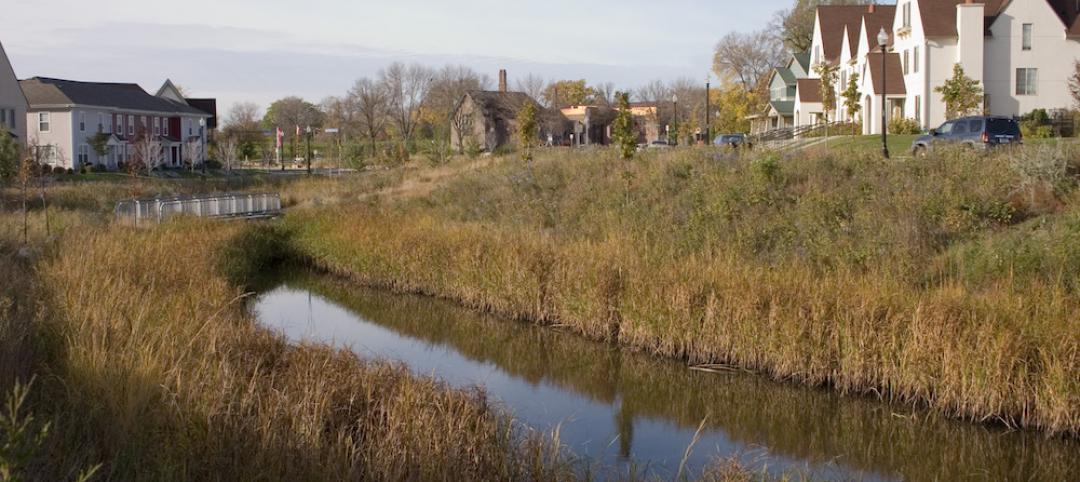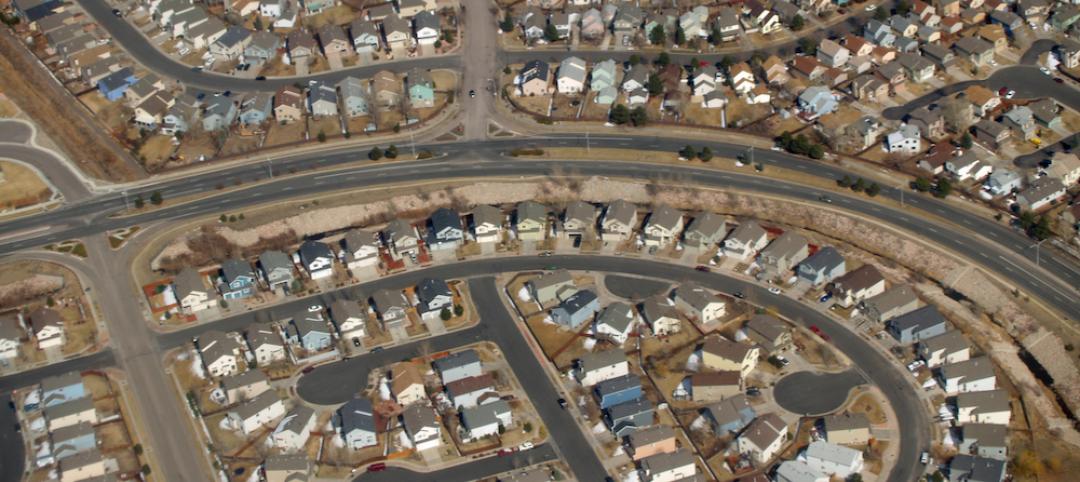San Francisco recently announced a plan that would require its largest private commercial buildings to run on 100% renewable electricity.
The first such requirement in the U.S. would be phased in next decade. By 2022, commercial buildings over 500,000 sf would have to meet the requirement. Two years later, buildings larger than 250,000 sf would fall under the rule. By 2030, all commercial buildings over 50,000 sf would have to comply.
San Francisco’s requirement is expected to reduce 21% of emissions from commercial buildings by 2030. That year, the goal is for the entire city to run on 100% renewable electricity. Almost half of the city’s emissions come from buildings, with half of those emissions coming from commercial buildings.
The city’s Board of Supervisors will debate the issue next month. City officials do not expect property owners to fight the plan.
Related Stories
Codes and Standards | May 24, 2016
Ontario planning to spend $7 billion on wide-ranging climate change plan
Includes financial incentives to retrofit buildings.
Codes and Standards | May 23, 2016
Facility managers say Internet of Things, analytics will impact maintenance soon
More reliable data needed for optimal results from the technology.
Codes and Standards | May 20, 2016
Industry leaders call for wider use of bamboo as a building material
Benefits include seismic resiliency and sustainability.
Codes and Standards | May 19, 2016
Asphalt roofing group publishes updated shingle installation guide
Technical manual provides best practices for roofing professionals.
Codes and Standards | May 16, 2016
EPA proposes new stormwater discharge regulations for construction sites
Would apply to sites of one or more acres.
Roofing | May 16, 2016
New guide focused on increasing energy and structural performance with raised-heel trusses
Higher trusses simplify attic ventilation, leave more space for insulation.
Codes and Standards | May 11, 2016
Current California seismic codes provide safety, resiliency, but needed upgrades present challenge
Los Angeles requires seismic retrofits, but other cities do not.
Codes and Standards | May 10, 2016
Apple spars with Cupertino, Calif., mayor over strained city infrastructure
Apple’s new ‘spaceship’ campus project prompts questions about whether the company should pay more to offset traffic woes.
Codes and Standards | May 9, 2016
Safety Stand-Down yields proposals to boost construction safety
One example: Gilbane encourages safety harnesses for all working above 6 feet.
Codes and Standards | May 9, 2016
EcoDistricts unveils sustainable neighborhood framework
Focus is on equity, resilience, and climate protection.

















